One More Step to Go!
We have also sent a verification link to your email ID:
qabuyer@droom.in
Please verify your email account
The two cars here are the fully loaded diesel automatic versions of the Innova Crysta and the Hexa. The Hexa XMA is significantly cheaper though, at Rs 17.57 lakh, ex-showroom, Delhi, while the Innova Crysta 2.8 ZX AT’s costs Rs 21.4 lakh. The Innova, however, features a much larger and more powerful engine. So, should you spend a little more money on the Innova or does the Hexa fit the bill?
First looks
The Hexa is garnering a lot of attention because of the way it looks. This car is longer and wider than the Toyota, and has loads of road presence, you can’t miss it in a parking lot. The Tata looks more rugged and its SUV detailing aid this – it looks like a cross between an MPV and SUV. The Crysta is imposing to look at too – it’s got a large grille and big swept-back headlamps, and a macho kink at the D-pillar. Overall, the Innova looks like a traditional MPV. The Toyota’s wheels look too small for its massive body though. Toyota recently downsized the wheels to 16 inches because feedback showed that the earlier car’s lower tyre profile made it prone to punctures.
Inside story
The Hexa’s interior is also quite attractive and it features a black theme. Detailing is nice all around – there’s lots of soft-touch plastics and, even the chunky switchgear give you the feeling that you’ve spent your money well. This is a huge step up for the carmaker as it continues to try and enter the premium space with its offerings.
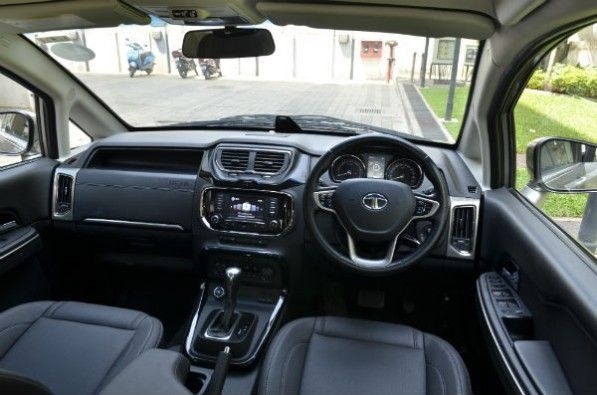
The Toyota’s cabin also follows a dark theme. There’s an elegant dash and there’s faux wood and chrome all over. Some plastics don’t feel up to the mark, but this is car that feels like it’s built with precision.

Both front seats are supremely comfortable. The Hexa’s cabin is higher set, so getting in and out isn’t as easy as it is in the Innova. But, the plus side of this is that you get a more commanding view of the road. Both cars offer second row captain seats in their top variants (you can option the Hexa with a bench too) and the middle row is comfortable and there’s generous amounts of legroom. When you recline the seats in the Innova though, the lower portion of the backrest juts into your lower back, making it uncomfortable if you want to sit back and relax. The picnic tables for those seated in the middle row are a nice touch. Access to the third row in the Toyota is convenient - the one-touch mechanism to tumble the middle row seats forward is a neat touch and space in the third row is good too. Getting into the third row of the Hexa is a bit of a climb, and headroom isn’t as good as the Innova. There’s more kneeroom and it’s got larger windows, so the cabin feels a lot more airier than the Toyota.
Tech talk
Both come loaded with features, but it’s the more expensive Innova that has more. There’s a large 7.0-inch touchscreen for the infotainment system in the Innova that is responsive and easy to use. The unit comes equipped with a DVD player and a navigation system and it feels far superior compared to the Hexa’s smaller 5.0-inch system.

The Tata’s touchscreen isn’t as responsive and is placed lower down, so it’s a bit inconvenient to use. It comes with useful mobile apps for navigation, jukebox and a remote control though. The Hexa’s got a fantastic 10-speaker JBL sound system though, which provides excellent sound quality. The Crysta’s system is not nearly as good.

Features common to both cars are leather seats, cruise control, auto headlamps, rain-sensing wipers and ambient lighting, with the Hexa offering eight colour options that are user adjustable. Additionally, the Crysta gets electric adjustments for the driver seat, an engine start/stop button and the auto-dimming rear-view mirror. As far as safety is concerned, the Toyota features electronic stability programme, Isofix points for child seats and seven airbags compared to the Hexa’s six.
Under the hood
The diesel auto Innova Crysta comes with a larger 2.8-litre unit that makes 174hp and 360Nm. Like the Hexa auto, the Innova auto’s six-speed torque converter automatic sends power to the rear tyres. The Hexa auto misses the manual’s all-wheel-drive hardware and drive modes but the car’s engine and transmission complement each other really well.
The Tata’s gearbox is quick-shifting, gearshifts are timely and the engine delivers massive torque smoothly. Thanks to its linear spread of torque, performance is good too and it builds up smoothly across its rev band. This cabin is quite refined, noise is contained well and the cabin is quieter than the Crysta’s at city speeds. If you want to have some fun, switch to the gearbox’s Sport mode or you can even make use of the manual gearshifts at the gear lever, which are quite responsive.

The Crysta also features a Sport mode, but it also comes with two driving modes – Eco and Power – and there is a stark difference in engine responses for the two. The Eco mode is largely for relaxed driving in the city, while switching to Power allows you to feel the surge of torque that the engine puts out. The engine can get pretty loud and obtrusive when revved though – not something you’d expect at this price point.
The Toyota’s gearbox shifts gears fast and seamlessly. The system upshifts early for better fuel economy but switching to ‘Sport’ will delay shifts for a sportier driving experience. You can take manual control of the Innova’s gears as well.
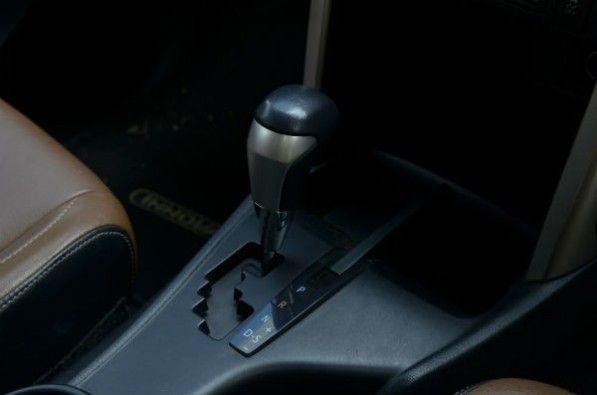
The Innova is quicker to 100kph, but that doesn’t mean the Hexa auto is slow at any point. As far as city fuel economy is concerned, the Hexa delivers 9.1kpl and the Innova delivers 9.2kpl. On the highway, we got 13.2kpl in the Innova and 12kpl in the Hexa.
From behind the wheel
The steering on the Hexa is a touch too heavy at town speeds and there’s also lots of roll around high-speed corners, while the Innova’s steering is heavy in its own right and there’s lots of lean around high-speed bends too. The Hexa’s low-speed ride is absorbent and its straightline manners are confidence inspiring.
What to buy?
The Rs 4 lakh premium for the Innova is a substantial sum of money, so it’s important for the Hexa to offer what the Innova does to convince buyers to spend their money on a Tata. The Hexa does run close to the Innova on many counts and even betters it in areas like ride comfort. But, it’s the Innova that feels like the better buy.

The Innova Crysta trumps the Hexa by a small margin - quality, reliability and dependability are part and parcel of the Toyota experience. And while Tata has improved on its traditional weak points, it’s still a long way from delivering the kind of quality and reliability that a Toyota product delivers. An added bonus is the Innova’s high resale value, which is the clincher.
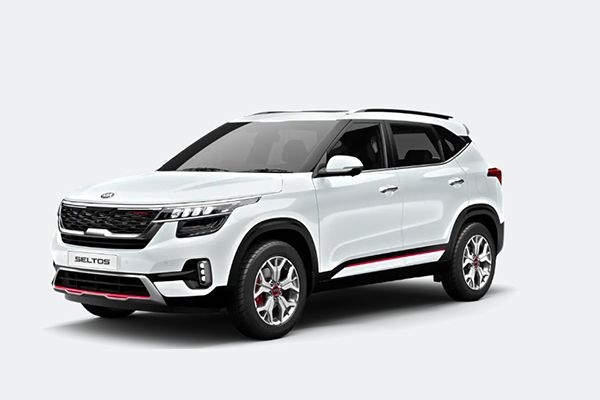
Kia recently unveiled the 2023 Seltos facelift in India, and the bookings for the updated model will start on July 14.
Read More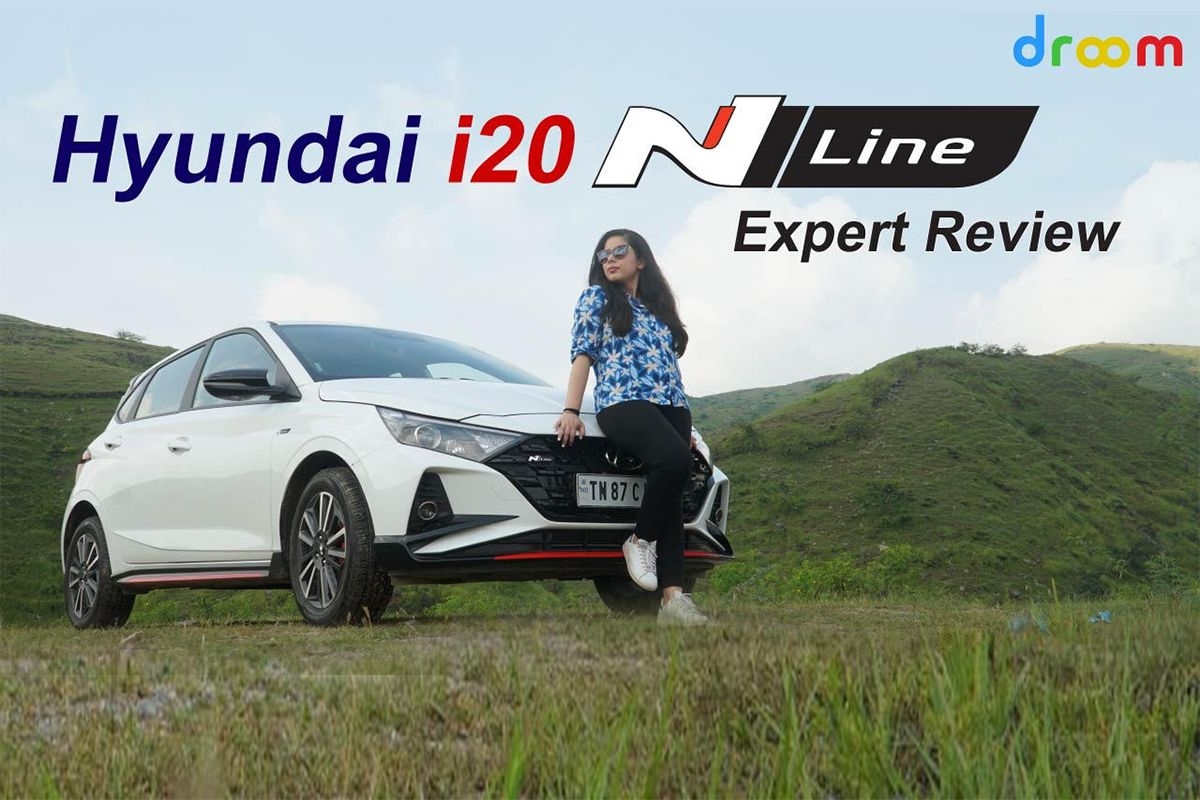
We drove the Hyundai i20 N Line recently to find out whether it really delivers a sporty experience?
Read More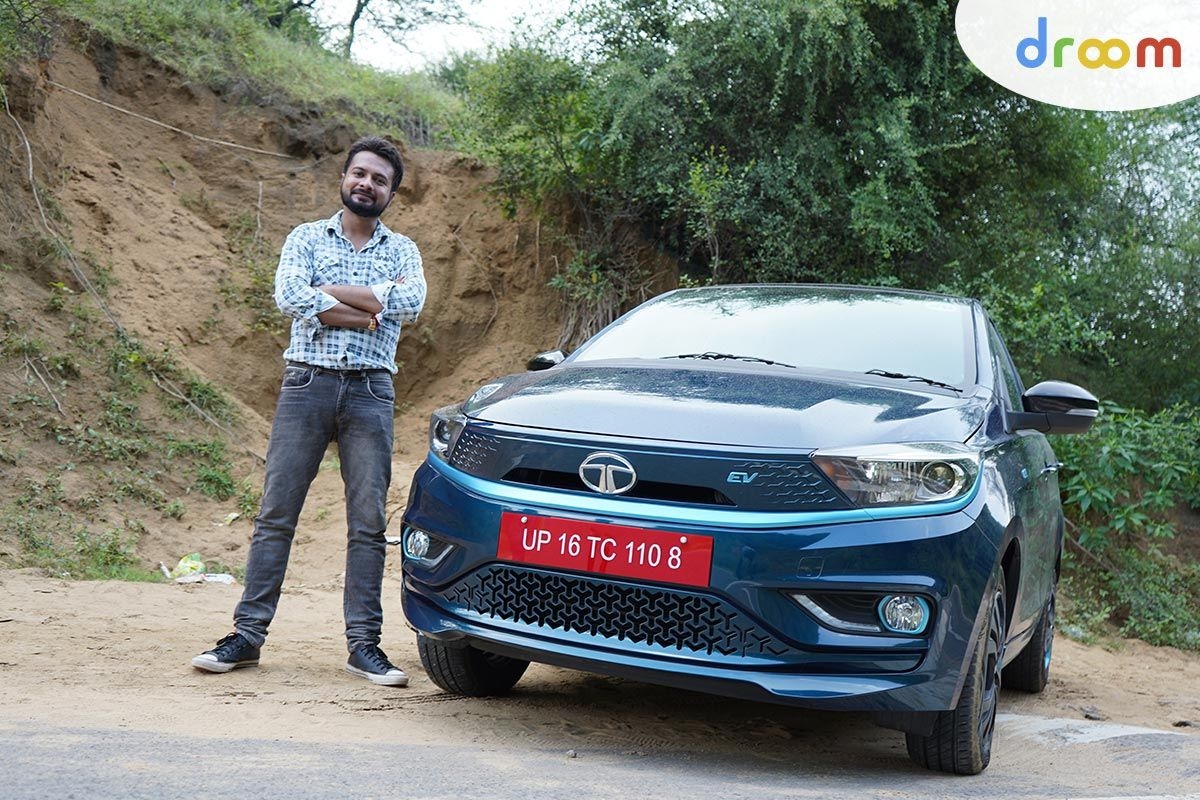
We recently took the Tigor EV out for a spin and we gathered interesting information about it
Read More
Introduced last year at the Delhi Auto Expo, Volkswagen Tiguan All-Space aims to offer more room and an additional row of seats. Can it manage to take away a few chunks from the full-grown SUV pie is what we are here to find?
Read More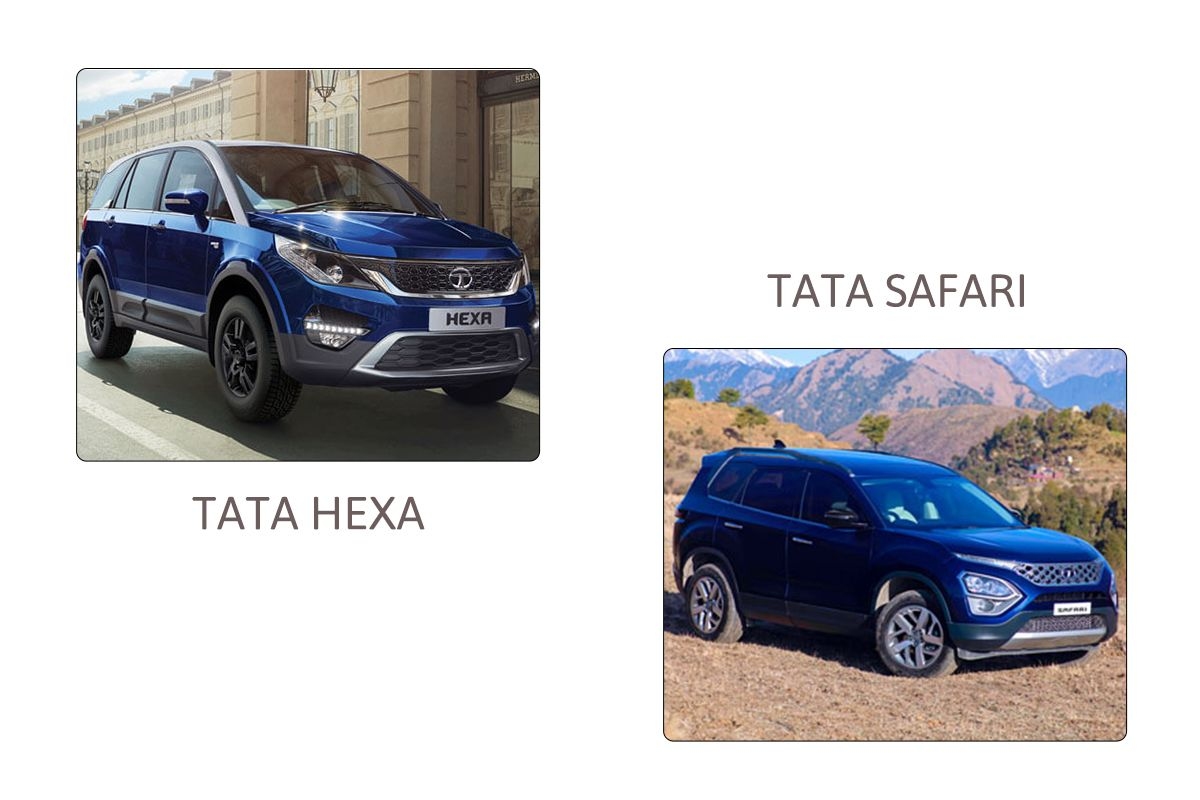
New Tata Safari or Used Tata Hexa: Price, Variants, Features & Engine Specifications
Read More
Toyota Kirloskar Motors last year entered the subcompact SUV space with the Urban Cruiser. What is this new model all about, let us find out?
Read More
Jeep had launched the Compass way back in 2017. Since then it has been the best-selling model for the company in India. A couple of days back, Jeep India unveiled the facelifted version of Compass in the country. The SUV made its global debut in November last year.
Read More
Toyota Fortuner facelift price begins from Rs 29.98 Lakhs while the Legender variant is priced at Rs 37.58 Lakhs
Read More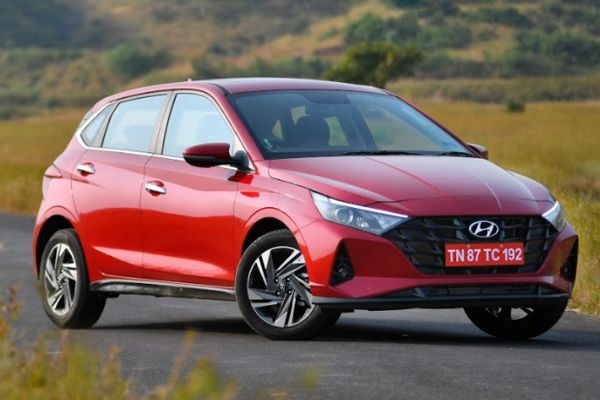
A pioneer of the premium hatchback segment, the Hyundai i20 has been given a complete makeover. Can the all-new version of the people's car prove its mettle once again, let us find out?
Read More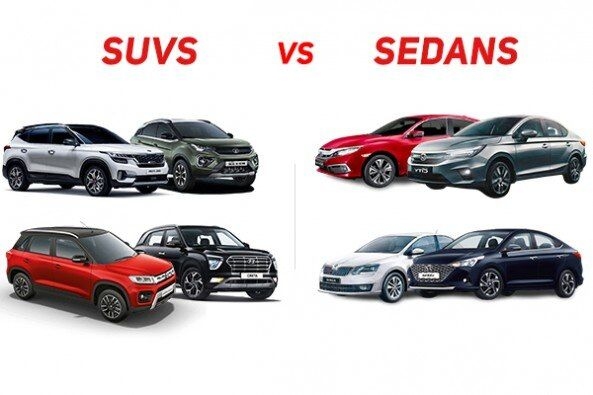
Check the story to find the factors that could ultimately help you to make a choice between an SUV or a sedan
Read More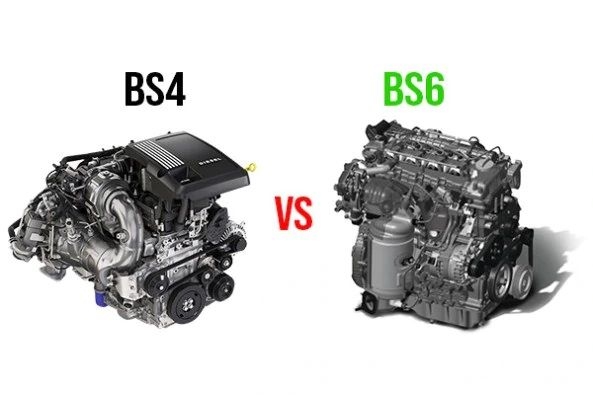
New BS6 Emission Norms apply to all major on-road vehicles categories in the country. The impact on petrol and diesel vehicles analyzed.
Read More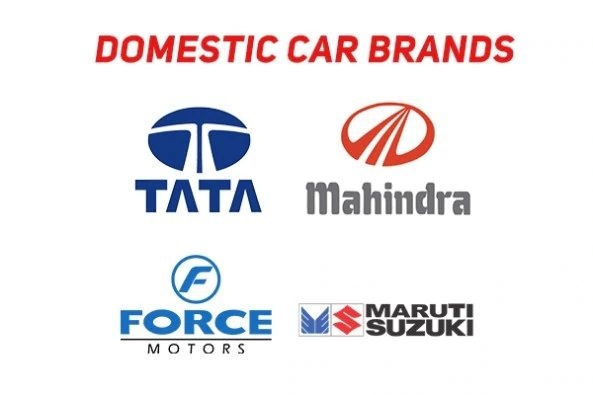
We compare domestic vs foreign car brands in India
Read More